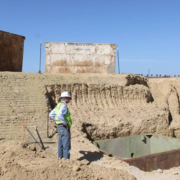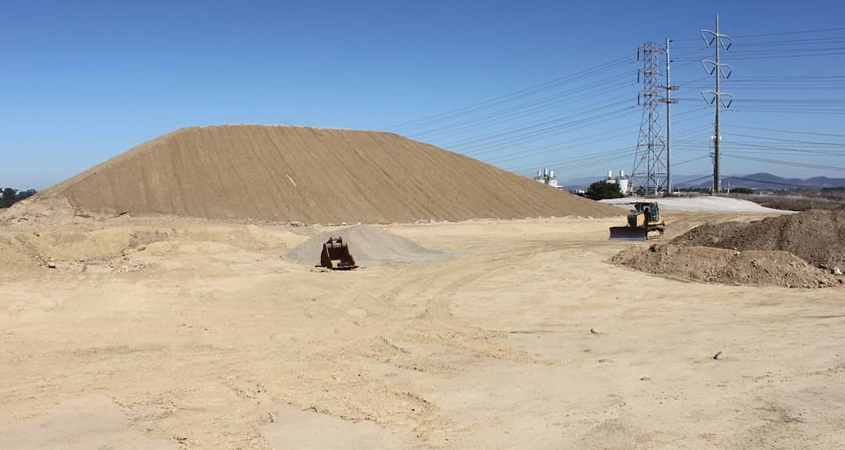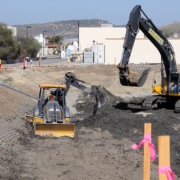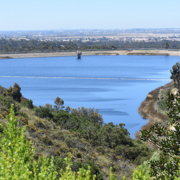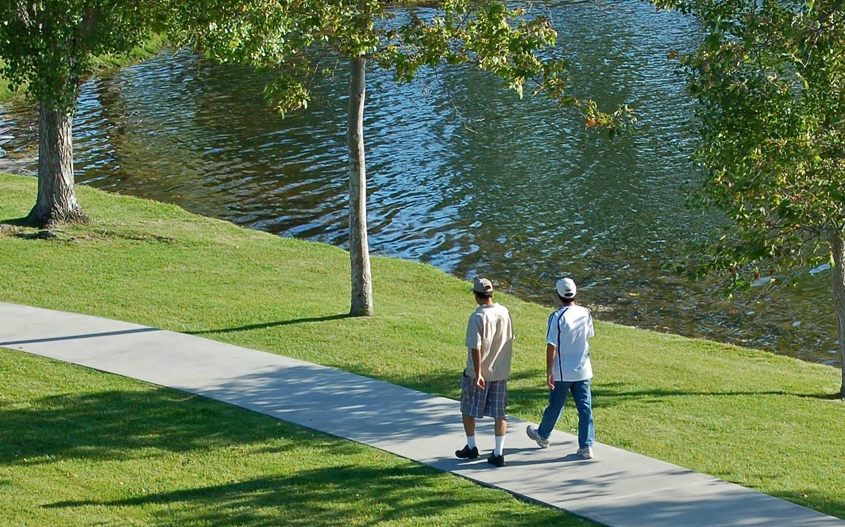Several regional water supply projects in San Diego County are on track to receive a total of more than $15 million from the California Department of Water Resources, pending a final decision on the grants this summer.
Money for the projects has been recommended by DWR, which will make the awards after a public comment period.
In San Diego County, the grant funds would support local agencies to advance conservation, environmental enhancements, water purification and other initiatives.
Funding for regional water projects
The San Diego County Water Authority submitted the funding request on behalf of the San Diego Integrated Regional Water Management Region, or IRWM. The San Diego IRWM Program began in 2005 as an effort by water retailers, wastewater agencies, stormwater and flood managers, watershed groups, the business community, tribes, agriculture, and nonprofit stakeholders to improve water resources planning in the region.
“The IRWM funding will provide much-needed funding over the next several years to implement a variety of local water supply projects, water use efficiency measures, along with a disadvantaged community project in the City of National City,” said Water Authority General Manager Sandra L. Kerl.
Kerl cited the “extraordinary effort” by the San Diego IRWM Regional Water Management Group and the Regional Advisory Committee for their work over the past year to make the $15,336,000 grant possible.
The statewide IRWM Program is supported by bond funding provided by the DWR to fund competitive grants for projects that improve water resources management.
Regional projects recommended for grant funds
- San Diego Grant Administration, San Diego County Water Authority – Public Agency $920,180
- 2020 Regional Water Use Efficiency Programs, San Diego County Water Authority – Public Agency Water Conservation $1,440,000
- Paradise Valley Creek Water Quality and Community Enhancement, City of National City – Public Agency Flood Damage Reduction $3,681,056
- North City Pure Water Facility Influent Pump Station and Conveyance Pipeline, City of San Diego, Public Agency Water Supply – Recycled Water $1,477,600
- San Elijo Stormwater Capture & Reuse San Elijo Joint Powers Authority, Public Agency Water Supply – Recycled Water $1,195,000
Enhancing water stewardship
On November 4, 2014, California voters approved Proposition 1, the Water Quality, Supply, and Infrastructure Improvement Act of 2014.
Proposition 1 authorized $510 million in IRWM funding. Funds are allocated to 12 hydrologic region-based funding areas, including the San Diego Region.
The Proposition 1 IRWM Grant Program, administered by DWR, provides funding for projects that help meet the long-term water needs of the state, including:
- Assisting water infrastructure systems adapt to climate change;
- Providing incentives throughout each watershed to collaborate in managing the region’s water resources and setting regional priorities for water infrastructure; and
- Improving regional water self-reliance, while reducing reliance on Sacramento-San Joaquin Delta.

